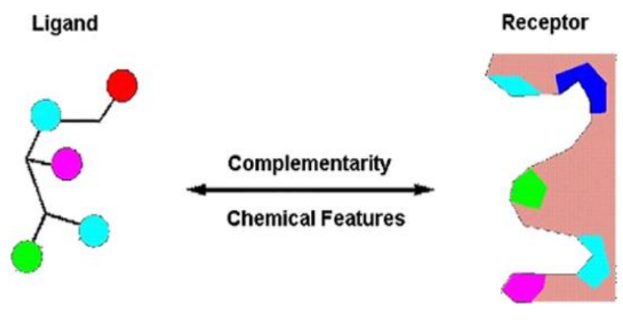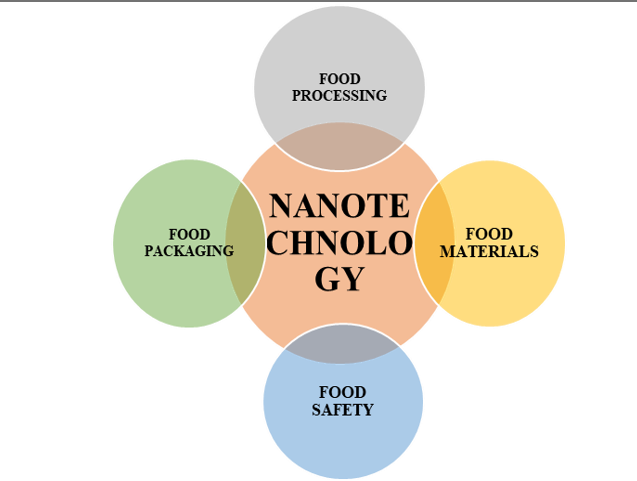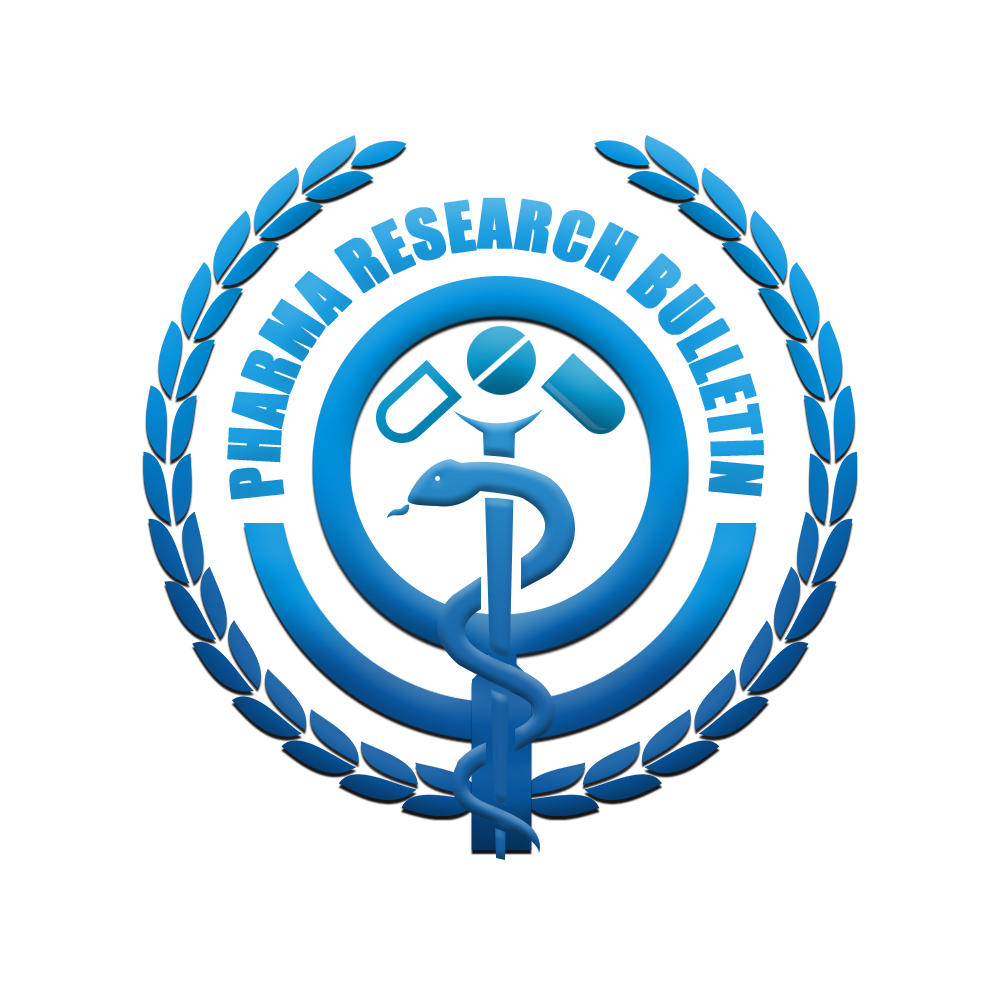- +91-7419192999
- info@pharmresbull.com
Volume 3, Issue 2, 2024
Number of Articles - 4

RP-HPLC Technique for the Quantitative Determination of a Key Flavonoid in Ginkgo biloba (EGb 761) Extract
Deepshi Arora*, Manish Kumar, Yugam Taneja, Shailendra Bhatt.
*Guru Gobind Singh College of Pharmacy, Yamunanagar-135001, Haryana, India.
Abstract
Solubility and Bioavailability Enhancing Strategies for Poorly Water-soluble Drugs: A Review
Drug solubility is a crucial characteristic that influences the bioavailability and dosing of
medications. Low bioavailability is one of the main problems associated with poorly soluble medications. Over
40% of new chemical entities (NCEs) possess poor aqueous solubility and low oral bioavailability and
absorption. Therefore, developing a suitable dosage form for these poorly soluble drug candidates has triggered
growing interest among formulation scientists in developing new strategies for increasing water solubility
without changing their molecular structure or biological activity. This review highlights various solubility
enhancement techniques like particle size reduction, molecular complexation, solid dispersions, and solid-lipid
nanoparticles. These are promising and emerging alternatives to facilitate the delivery of pharmaceutically
active compounds for various medical applications to solve these problems. However, constructing an
appropriate formulation strategy should be a crucial issue for developing poorly water-soluble pharmaceuticals
to complete development operations within a constrained time frame.

Solubility and Bioavailability Enhancing Strategies for Poorly Water-soluble Drugs: A Review
Shivanki Joshi*, Ashwani K. Dhingra, Bhawna Chopra, Akash Jain, Jasmine Chaudhary.
*Guru Gobind Singh College of Pharmacy, Yamunanagar-135001, Haryana, India.
Abstract
Solubility and Bioavailability Enhancing Strategies for Poorly Water-soluble Drugs: A Review
Drug solubility is a crucial characteristic that influences the bioavailability and dosing of
medications. Low bioavailability is one of the main problems associated with poorly soluble medications. Over
40% of new chemical entities (NCEs) possess poor aqueous solubility and low oral bioavailability and
absorption. Therefore, developing a suitable dosage form for these poorly soluble drug candidates has triggered
growing interest among formulation scientists in developing new strategies for increasing water solubility
without changing their molecular structure or biological activity. This review highlights various solubility
enhancement techniques like particle size reduction, molecular complexation, solid dispersions, and solid-lipid
nanoparticles. These are promising and emerging alternatives to facilitate the delivery of pharmaceutically
active compounds for various medical applications to solve these problems. However, constructing an
appropriate formulation strategy should be a crucial issue for developing poorly water-soluble pharmaceuticals
to complete development operations within a constrained time frame.

A Review on Structure of Drug-Receptor Complex
Prabitha Prabhakaran, Sakshi Bhardwaj*, Dhivya Shanmugarajan, Sharath Chandra
*Department of Life Sciences, Altem Technologies, Bangalore, India.
Abstract
A Review on Structure of Drug-Receptor Complex
Drug-receptor complexes, fundamental to molecular pharmacology, consist of a drug molecule
interacting with specific receptor proteins located on the surface or within cells. These interactions underpin
the pharmacological effects of drugs by altering the chemical and biochemical properties of biological tissues.
The mechanisms of drug action can be broadly categorized into passive physicochemical modifications and
chemical interactions with tissue constituents. Receptors, characterized by specificity, saturability, high-
affinity binding, and reversibility, play a pivotal role in mediating the therapeutic and toxic effects of drugs.
The dynamic ligand-receptor interaction forms the basis of pharmacodynamics, influencing drug efficacy and
selectivity. Various types of drug-receptor interactions hydrophobic, electrostatic, covalent, and hydrogen
bonding are critical to understanding drug action and are central to the drug-design process. Theories like the
occupation, induced-fit, and two-state models provide deeper insights into receptor behavior, aiding the
development of novel therapeutic agents. This review article comprises different types of drug-receptor
complexes, the structure of drug-receptor complexes, binding sites and conformational changes upon ligand
binding along with mechanisms and application of drug-receptor complexs.

Abstract
Exploring The Nexus of Food Science and Nanotechnology: Applications, Innovations and Future Perspectives
Nanotechnology has emerged as a groundbreaking tool in food science, offering transformative solutions across various domains The integration of nanotechnology offers numerous benefits such as improved food quality and safety, extended shelf life, improved sensory attributes, and enhanced nutritional value. Innovation in nanotechnology has sparked numerous advancements in the food industry. Functional foods with improved nutritional profiles and novel textures are developed using nanoscale materials. Smart packaging solutions equipped with nanotechnology monitor food freshness in real time, contributing to reduced food waste and enhanced consumer satisfaction. Nanoparticles are utilised to extend the shelf life of food products and prevent contamination, while nanoencapsulation techniques enable targeted nutrient delivery, resulting in fortified and healthier food products. Nanosensors facilitate rapid detection of pathogens and contaminants, ensuring food safety. Despite its promise, the integration of nanotechnology in food science presents challenges. Concerns about the health and environmental impacts of nanoparticles require thorough testing and evaluation. Regulatory compliance, scalability, and cost-effectiveness are also significant hurdles to widespread adoption. Looking ahead, nanotechnology in food science holds great promise. Continued research is expected to lead to personalized nutrition solutions and innovations in addressing global food security challenges. Nanorobotics may revolutionize food processing, improving efficiency and sustainability. The integration of nanotechnology into food science offers opportunities for enhanced quality, safety, and

